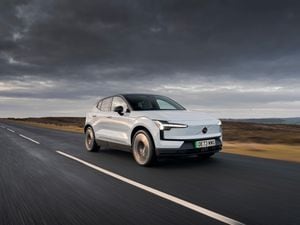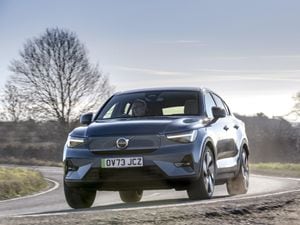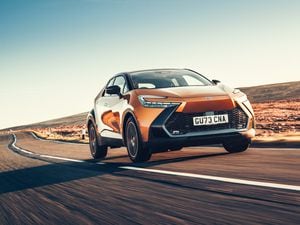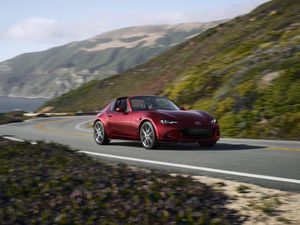UK Drive: The Kia Niro PHEV is a plug-in hybrid for people who don't want to shout about eco credentials
Does electrification give the Kia Niro a new dimension that’s worth checking out? Tristan Shale-Hester finds out
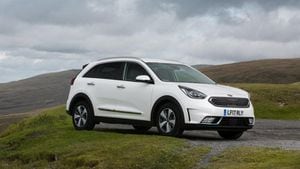
What is it?
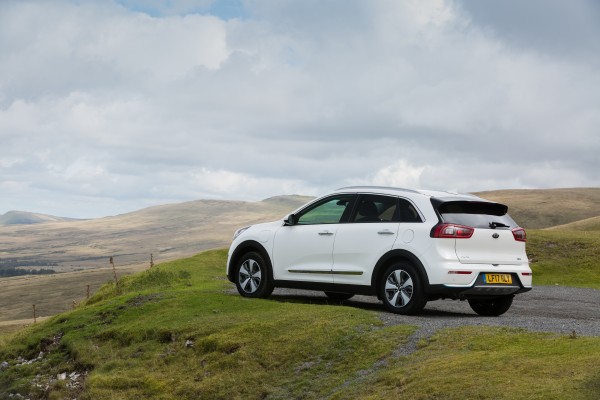
The Niro is Kia’s answer to two increasingly popular types of car – the plug-in hybrid electric vehicle (PHEV) and the small crossover SUV. Its bigger brother, the Sportage, has been a very successful model for the South Korean brand, so there’s a definite logic in bringing a smaller, more affordable version to the market.
The Niro’s plug-in hybrid element should prove to be a major selling point, as it brings relaxing driving dynamics and excellent fuel economy. However, it’s up against tough competition, with plenty of marques comfortably establishing their own models in the same sector.
What’s new?
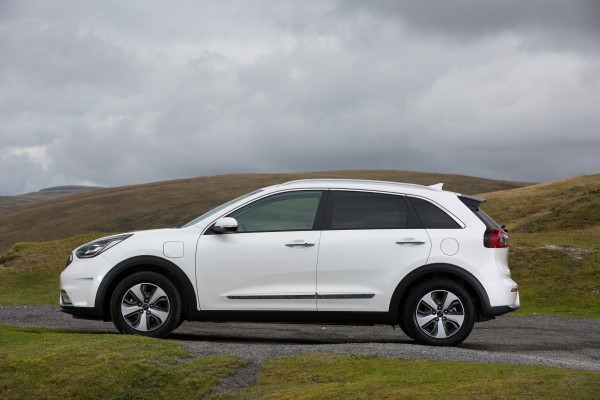
The Niro has been built on a platform that Kia has specifically designed for hybrids. The car’s exterior has been designed from scratch, meaning it has a new look while still bearing resemblance to other models in the Kia range.
Inside, there are bundles of new technology, such as radar-guided cruise control, that only a few years ago you would only have found on expensive premium executive cars. The Niro also uses the latest version of Kia’s infotainment software, and features LED lights at the front and rear.
What’s under the bonnet?
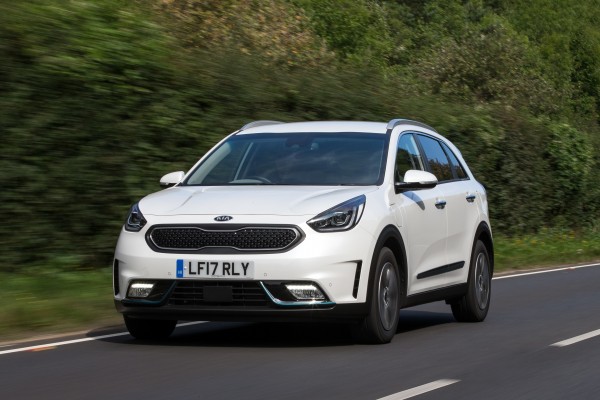
As the name suggests, the Niro PHEV is a hybrid. It has a 1.6-litre four-cylinder petrol unit, paired with an electric motor. Along with a six-speed automatic gearbox, the powertrain produces 139bhp and 265Nm of torque, meaning the car achieves 0-60mph in 10.4 seconds and can go on to a top speed of 107mph. Kia claims this model is capable of 217mpg, but our test car averaged around 58mpg.
The Niro encourages smooth acceleration. Pulling away gently allows the vehicle to run purely on battery power, but a prod of the accelerator will cause the petrol engine to burst into life. The only time the Niro’s powertrain really has a problem is under hard acceleration, where the power flow seems to dip in and out very intermittently, resulting in a sporadic gaining of speed.
What’s it like to drive?
As with most models from Kia and its parent company, Hyundai, the Niro has very light steering. While this is advantageous in that it adds to a generally relaxing driving experience and makes low-speed city driving much easier, it does prevent the driver from being able to have a good feel for the road.
The result of this is that the Niro feels rather uncomfortable and out of place on most single-carriageway national speed limit roads, and certainly doesn’t inspire confidence in the corners. However, this won’t be a concern on a morning school run, where a crossover such as this is likely to spend most of its time.
How does it look?
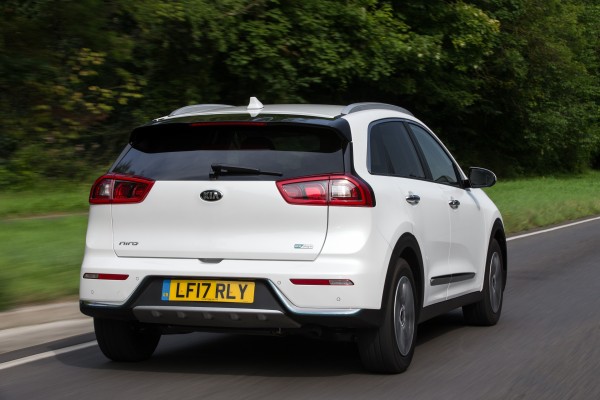
The Niro shares the same style and design language as other models in the Kia range, with very clear similarities to the Rio and the Sportage. There’s an apparent emphasis on simplicity and smartness, with the inclusion of lots of straight lines and subtle features such as the slim grille.
The rear end is simply a larger version of what you find on the Rio, with the almost rectangular LED lights and straightforward design. However, the front of the Niro does not resemble the car’s little brother. It’s more streamlined than the messy headlight, grille and running light set-up found on the Sportage, but isn’t much prettier. To look at it’s irrefutably dull and arguably a bit ugly.
What’s it like inside?
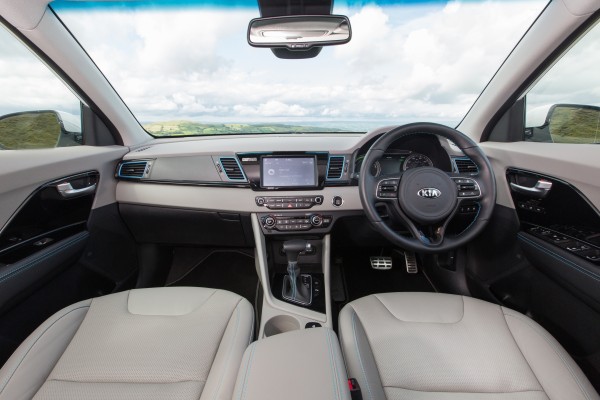
Inside, the Niro is well-built and everything looks very smart. The eight-inch touchscreen infotainment system is a highlight – it has plenty of functions and is quite user-friendly. There are a couple of strange quirks in the cabin, such as a foot-operated parking brake and a traditional key, as keyless entry is not an option.
In terms of spaciousness, the Niro does well. There’s plenty of room in the cabin for four people to travel in comfort, and a fifth person can fit in if necessary. Boot space isn’t bad either, especially as the back seats fold down flat to create a large loading area. However, while the boot is adequate in length and width, it could do with being quite a lot deeper for the benefit of large pets or lots of luggage.
What’s the spec like?
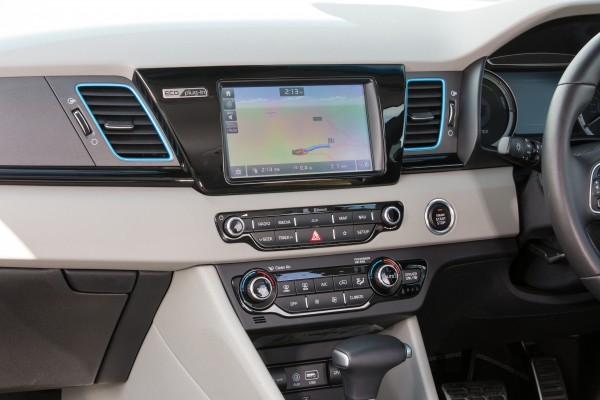
Value for money is a strong category for the Niro. The PHEV only comes in one spec, which costs £30,495. For your money, you get 16-inch alloy wheels, an eight-inch touchscreen infotainment system, an eight-speaker JBL premium sound system, autonomous emergency braking and smart cruise control.
You can get the Niro for less money if you opt for the non-plug-in version, which starts at £23,135. Rivals from other manufacturers include also the Toyota Prius, starting at £24,240, the Mini Countryman SE Hybrid, at £31,875, and the Seat Ateca, which comes in at £18,670. Of these choices, the Seat wins in terms of value for money, but the Mini has the most badge appeal and is arguably the most desirable model, although it does command a premium.
Verdict
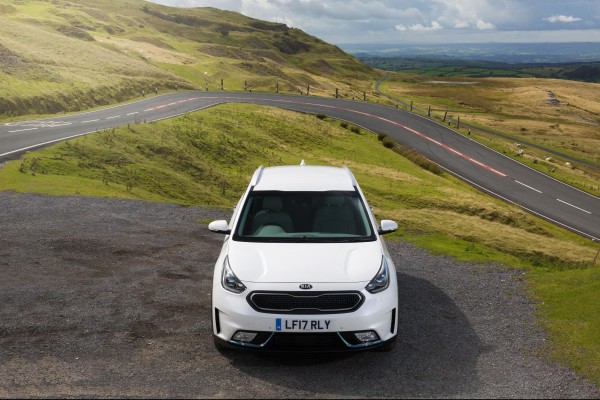
The Kia Niro PHEV is a solid choice for an economical every-day runabout with plenty of space for passengers and luggage.
The powertrain is powerful enough for most real-world motoring scenarios and there’s plenty of technology on-hand to make that motorway commute less of a faff.
Those who drive long distances without charging on a regular basis may benefit more from a traditional diesel, and people who enjoy driving might want to pay a bit more for a Mini Countryman PHEV, which will handle twisty roads with more confidence, but otherwise there isn’t much the Niro doesn’t offer.

